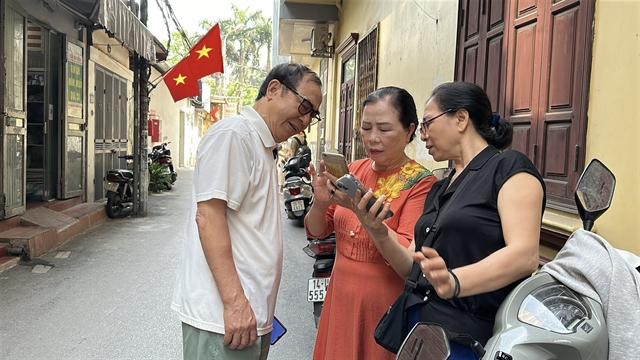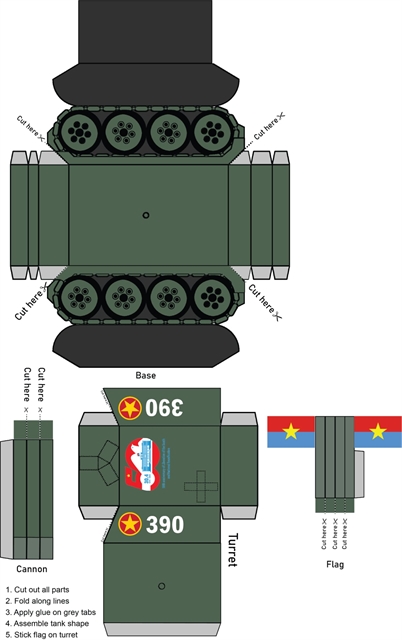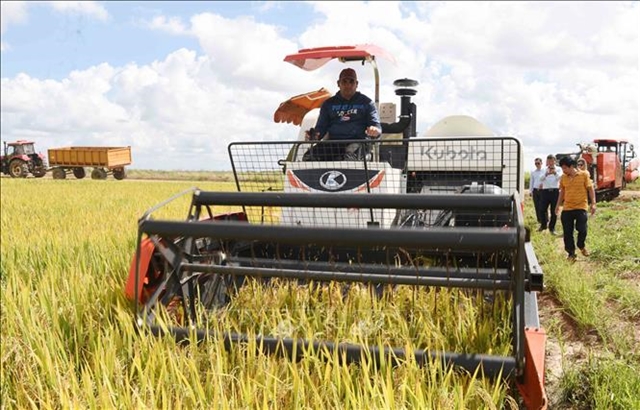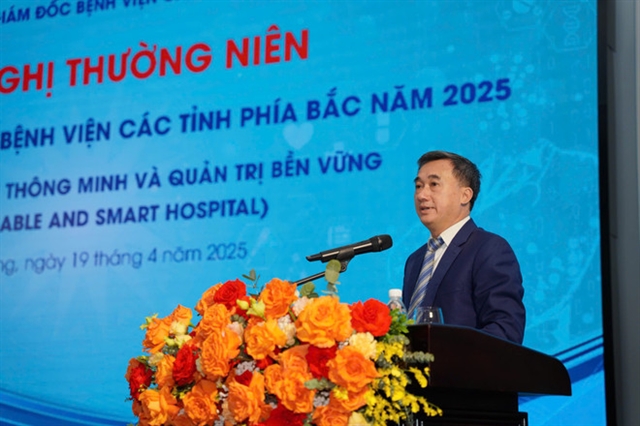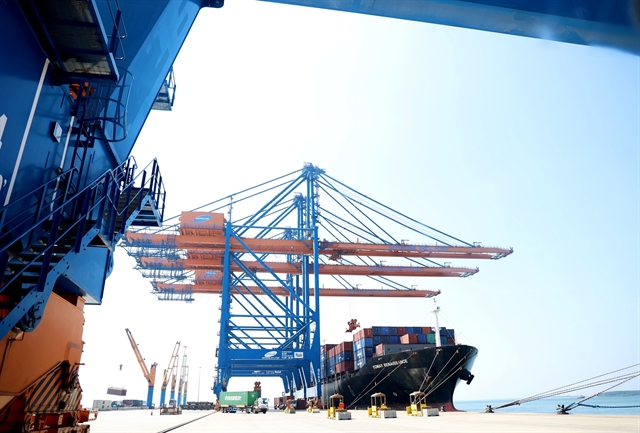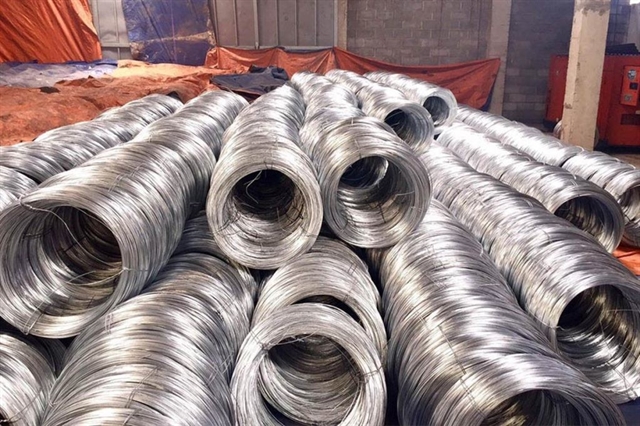 Economy
Economy
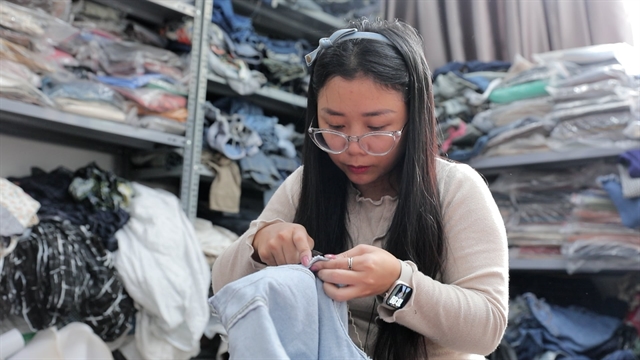
" />Results from the half of this year show Việt Nam’s economy maintains an impressive growth momentum. However, despite the promising economic prospects this year, the economy still faced many challenges.
Results from the first half of this year showed Việt Nam’s economy had maintained impressive growth momentum. However, despite the promising economic prospects this year, the economy still faced many challenges.
Phạm Sỹ Thành, director of the China Economic Research Programme at the Việt Nam Centre for Economics and Policy Research, and Trần Toàn Thắng, head of the National Centre for Socio-economic Information and Forecast’s World Economic Department, spoke to Việt Nam News reporter Nguyễn Linh Anh about the likely challenges in the second half as well as the impact of external factors, particularly US-China trade tensions, on Việt Nam’s economy.
Phạm Sỹ Thành, director of the China Economic Research Programme at the Việt Nam Centre for Economics and Policy Research
 |
| Phạm Sỹ Thành, director of the China Economic Research Programme at the Việt Nam Centre for Economics and Policy Research |
In the first half of this year, only 30 per cent of public investment capital was disbursed, which was a relatively low. What was this?
The figure shows that public sector restructuring efforts have not created radical changes, leading to the modest contribution of the sector. If this situation continues, the public sector will gradually become burdensome on the economy instead of a driving force. Among the 1,000 biggest tax payers in Việt Nam in 2017, the public sector, comprising of 117 State-owned enterprises, contributed only 27.7 per cent of total tax payments, much lower when compared to the private sector’s contribution of 34 per cent, not to mention the FDI sector. This is a serious problem that the government needs to resolve if it wants national economic growth to be driven internally.
This year, the SBV has set a target of 17 per cent credit growth. Do you think that this goal can be achieved?
Credit growth is much-needed in the second half of this year. During the first half of this year, credit growth reached only 7.78 per cent, lower than last year’s figure of 9 per cent.
With Việt Nam’s economy being an investment-based growth model, the 17 per cent taget is unlikely to be realised without drastic efforts. To reach this year’s target, the State Bank must closely align with the Government’s macro-economic policies and make suitable adjustments.
Currently, 65 per cent of bank loans is spent on production, business and other priority sectors, while 35 per cent is focused on other areas. However, these “other areas” receive capital mainly from consumer lending and poured heavily into the real estate sector, which will trigger worries about a real estate bubble or leaking capital from production to real estate.
Lending next year must focus on the Government’s priority sectors such as agriculture, exports, supporting industries, SMEs and hi-tech firms. Lending to risky sectors such as real estate, securities and consumers must be limited.
Trần Toàn Thắng, head of the National Centre for Socio-economic Information and Forecast’s World Economic Department
 |
| Trần Toàn Thắng, head of the National Centre for Socio-economic Information and Forecast’s World Economic Department |
Can you elaborate on the impacts of the global trade war on the Vietnamese economy?
The US and China on July 6 slapped duties of US$34 billion on each others’ imports, escalating their conflict and suggesting there was little sign the dispute will end soon. Though a large-scale trade war is unlikely to occur as all parties are aware of the consequences, minor conflicts could happen. The conflict is likely have adverse impacts on global growth, causing a domino effect on Việt Nam’s exports.
Forecasters say the country’s export growth rate will fall by 0.3 percentage points in 2019 and will continue to be hit from 2021-23.
If the conflict stays between the US and China, Việt Nam will have a good chance to export to the US. On the other hand, if China cannot export to the US, it will boost its exports to other countries, including Việt Nam, which may cause Việt Nam to suffer a higher trade deficit with China.
Additionally, as exports to the US fall, more Chinese goods will be consumed in the local market, causing difficulties for Việt Nam’s exports to China. The growth rate of Việt Nam’s exports to China, which reached 30 per cent in 2017, may be negatively affected.
Besides the trade war, Việt Nam’s economy is also being affected by the significant appreciation of the US dollar against the Vietnamese đồng in the wake of the US Federal Reserve’s recent interest rate hike. Could you elaborate on this effect?
The Fed’s interest rate hike will obviously help the US economy perform better. I think that the Vietnamese đồng should be weakened against the US dollar to support the country’s exports, but the adjustment of the exchange rate should be kept at a moderate rate.
The central bank’s daily reference exchange rate of the dollar against the đồng has risen by 1.1 per cent compared to the end of last year, with the current trading band of +/- 3 per cent considered reasonable.
A sharp devaluation of the đồng could also cause a rise in Việt Nam’s public debts and inflation. More than half of the nation’s debts are in dollars, and imports will also be hurt. Obviously, adjustments give us an export bonus but we lose out on imports at the same time. — VNS

